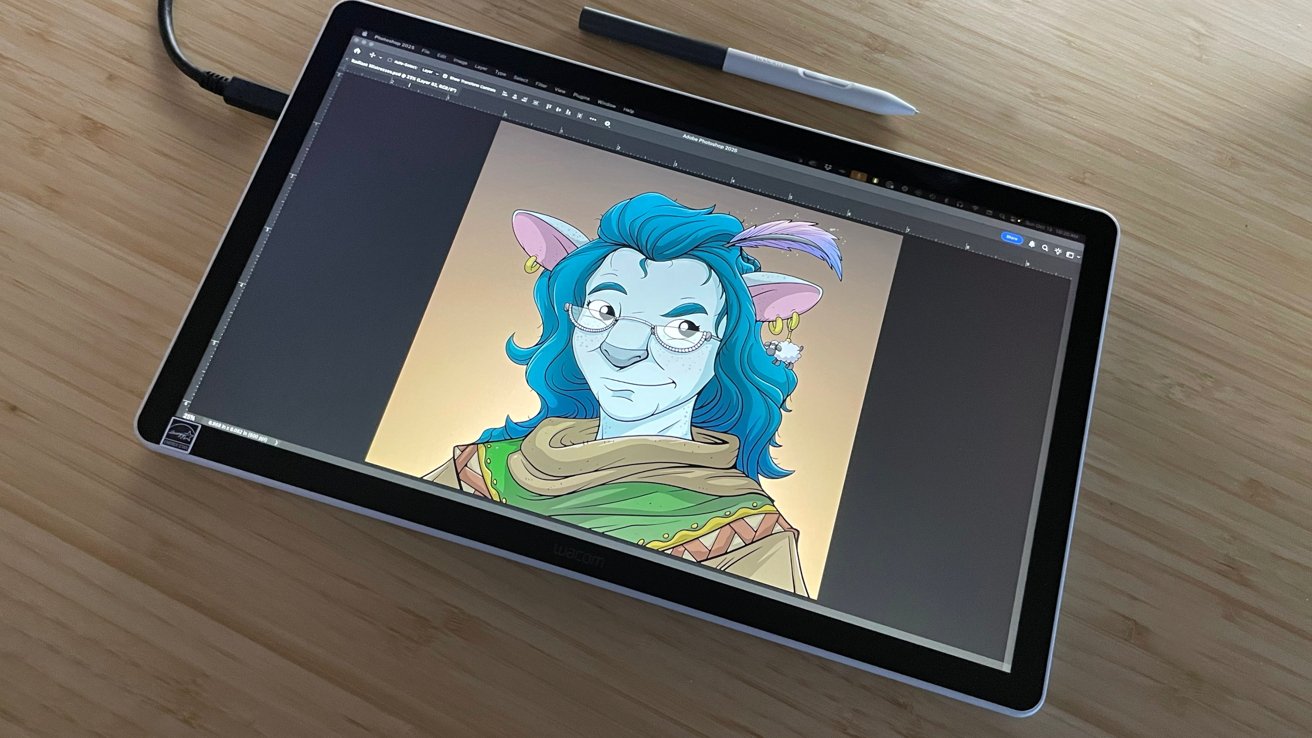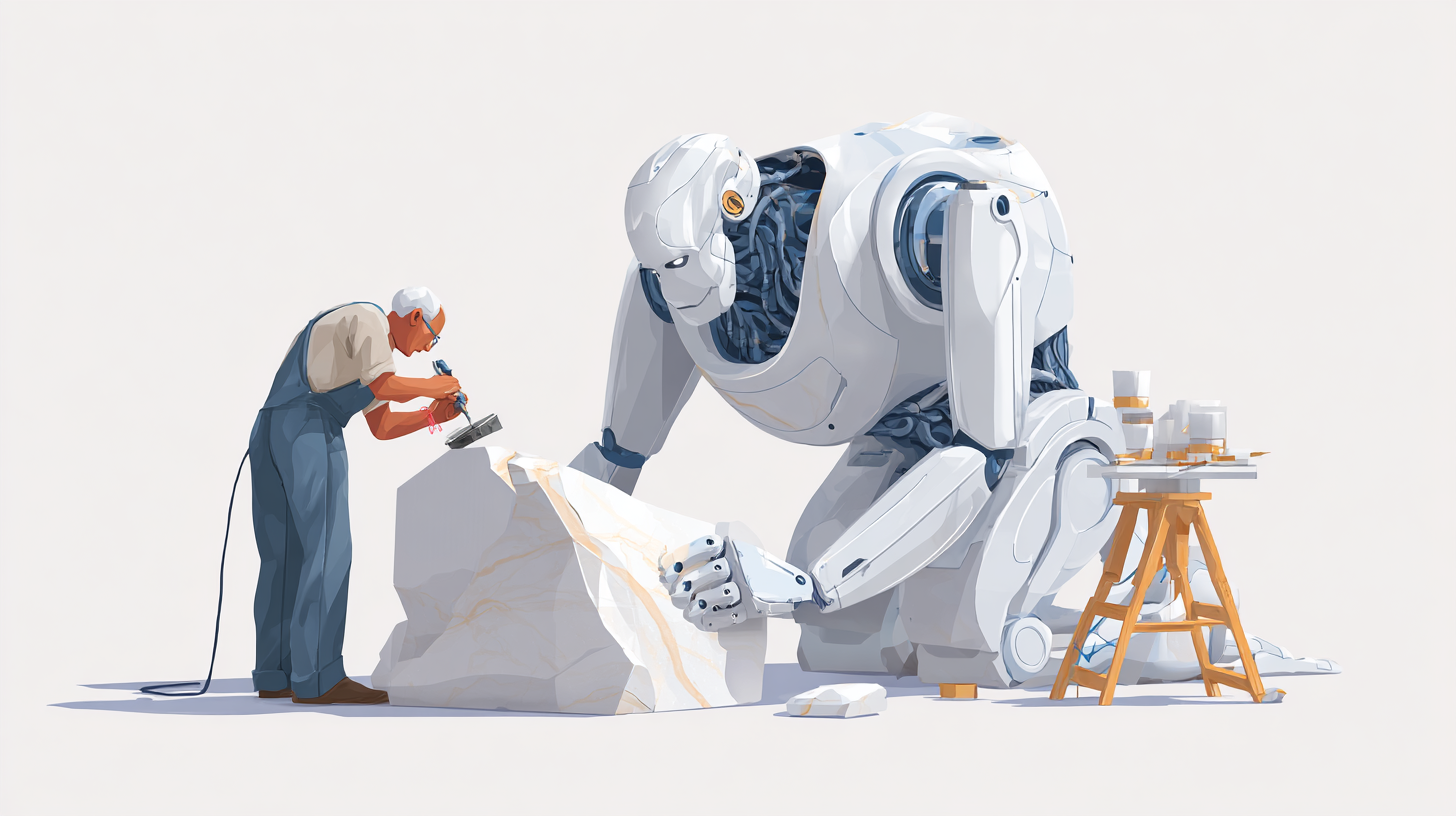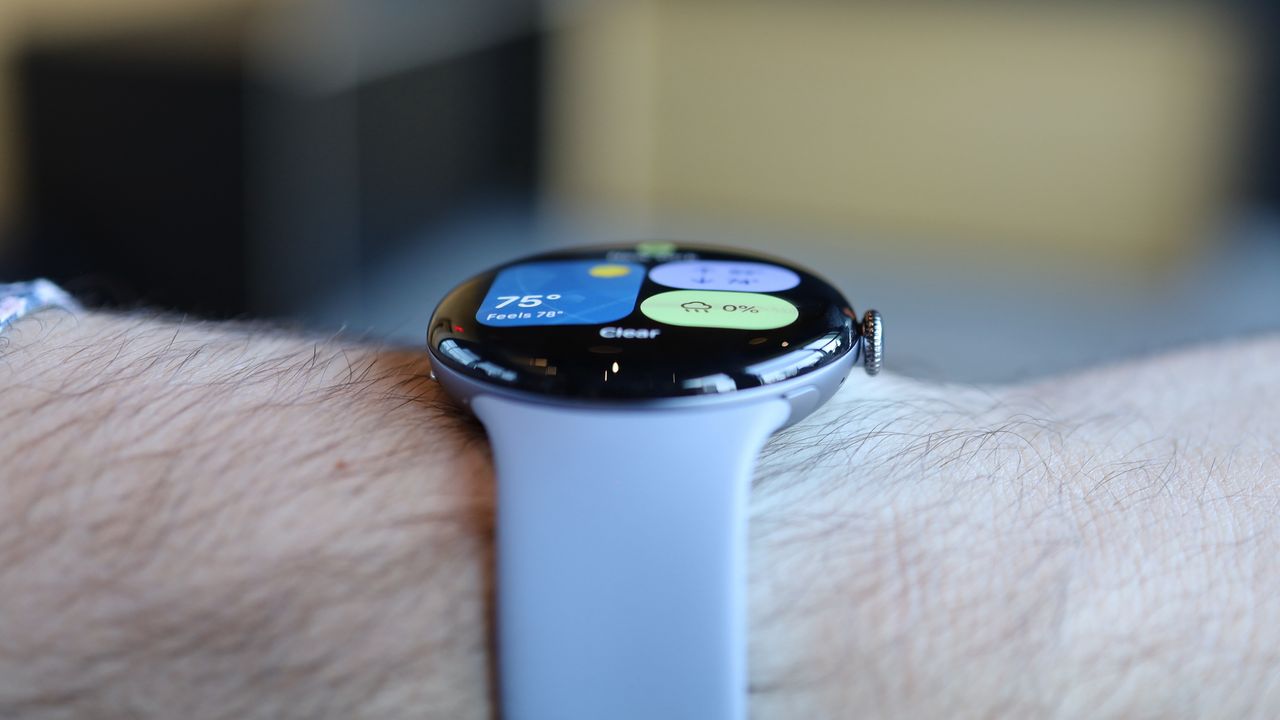
Researchers detail "Pixnapping", a new covert attack to steal 2FA codes and other private data on Android; Google's September patch only partially mitigates it (Dan Goodin/Ars Technica)
Dan Goodin / Ars Technica : Researchers detail “Pixnapping”, a new covert attack to steal 2FA codes and other private data on Android; Google's September patch only partially mitigates it — Android devices are vulnerable to a new attack that can covertly steal 2FA codes, location timelines, and other private data in less than 30 seconds.














